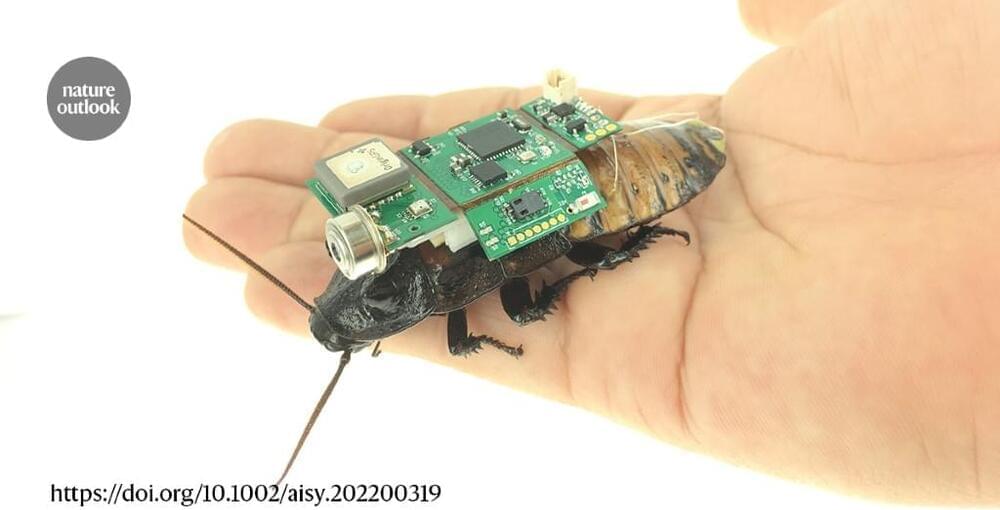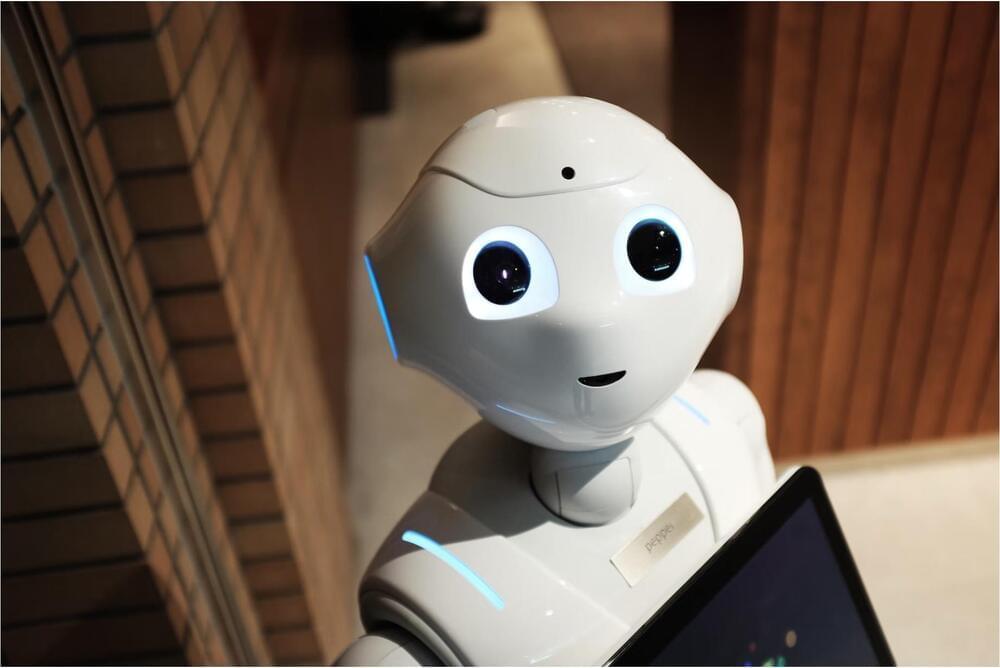The Memo: https://lifearchitect.ai/memo/ Gemini details: https://lifearchitect.ai/gemini/ Gemini demo: https://bard.google.com/ https://www.financialsense.com/ Recorded 8/Dec/2023 @ 5AM Perth time! More Alan: https://lifearchitect.ai/ https://lifearchitect.ai/gemini/
Category: robotics/AI – Page 861

Google Unveils Powerful New AI Said to Out-Think ChatGPT
Google on Wednesday infused its Bard chatbot with a new-generation artificial intelligence model called Gemini, which it touts as being able to reason better than ChatGPT and other rivals.
The search engine juggernaut is aiming to take the generative AI lead from ChatGPT-maker OpenAI as that company deals with the aftermath of a boardroom coup that saw chief executive Sam Altman fired and then rehired within a matter of days.
Google has for years discreetly developed AI powers but was caught off guard when OpenAI late last year released ChatGPT and teamed up with Microsoft to make its capabilities available to users worldwide.




Tesla Full Self-Driving Beta 11.4.8.1 First Drive
My first drive with Tesla Full Self-Driving Beta 11.4.8.1Raw 1x speed footage: https://youtu.be/Pdqxm6NDqfE

AI opens a path to a better understanding of changes in the brain
Brain networks are often represented by graph models that incorporate neuroimaging data from MRI or CT scans to represent functional or structural connections within the brain. These brain graphs can be used to understand how the organ changes over time.
Traditionally, however, these models treat the brain graphs as static, which can miss or ignore underlying changes that could signal the onset of disease or neurological disorders.
A collaborative team of researchers led by Lifang He, an assistant professor of computer science and engineering at Lehigh University, recently received a $1 million grant from the National Science Foundation, with $300,000 going to Lehigh, to develop new methods for modeling the dynamics of brain graphs using artificial intelligence that will generate more accurate, interpretable, and fair predictions when it comes to disease.

